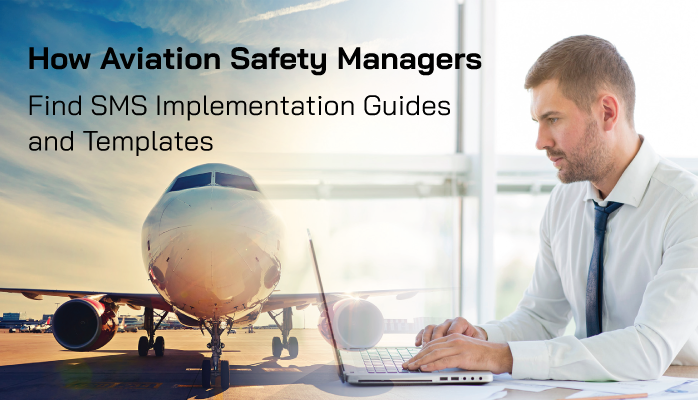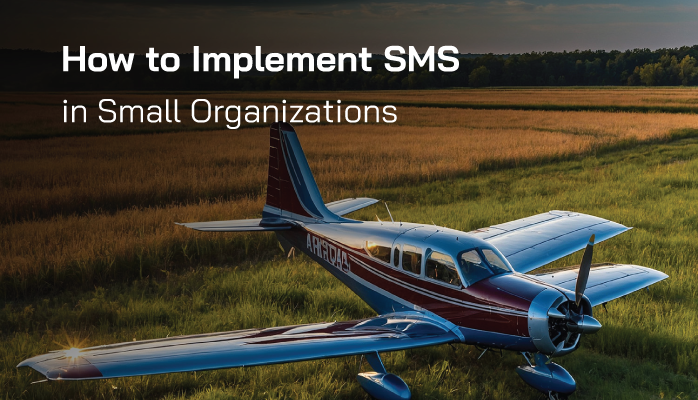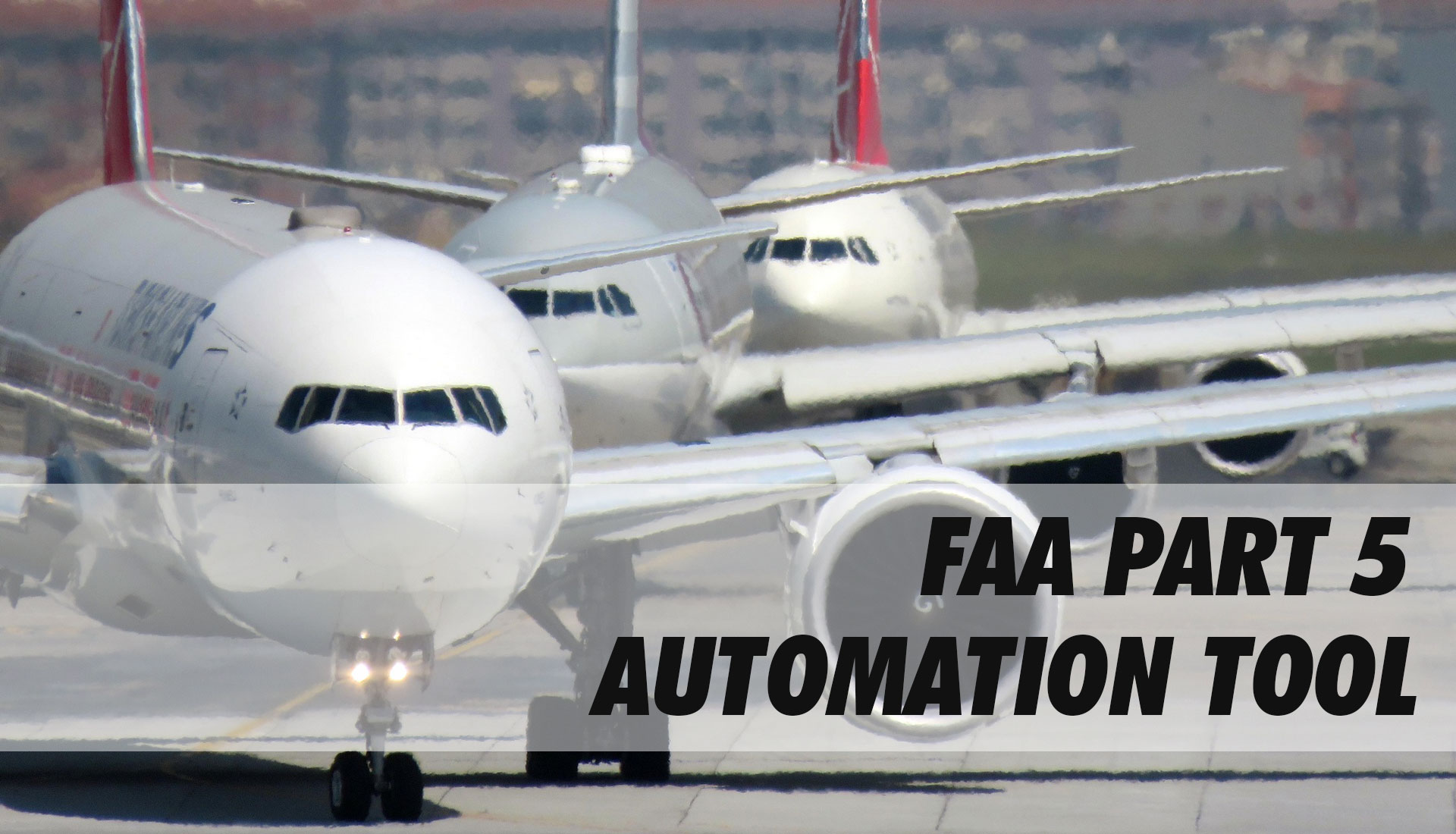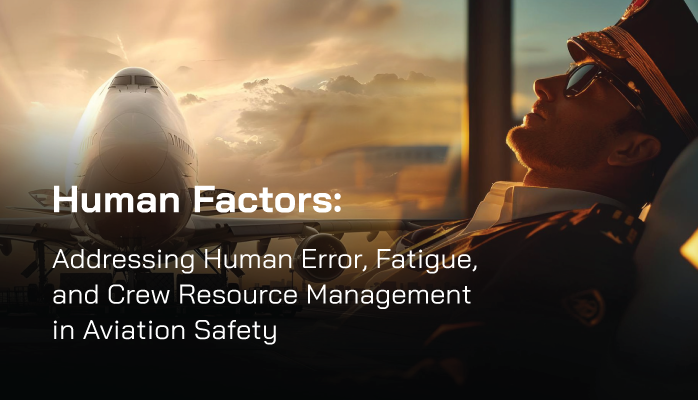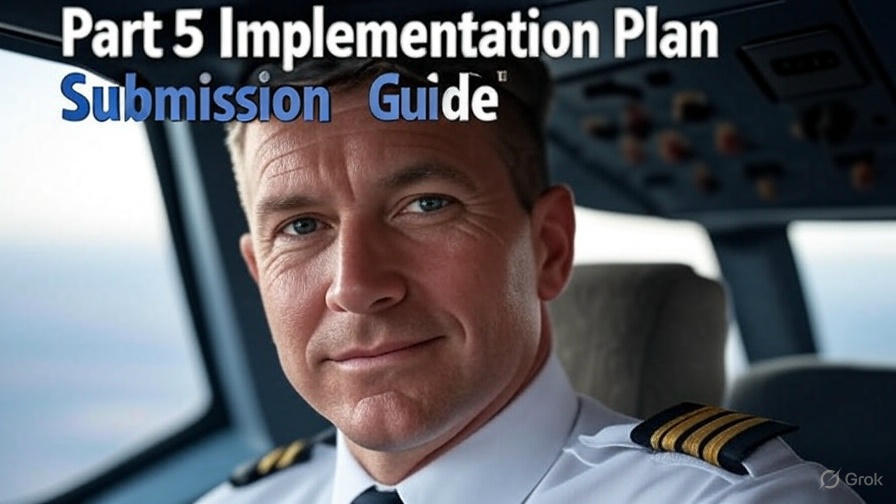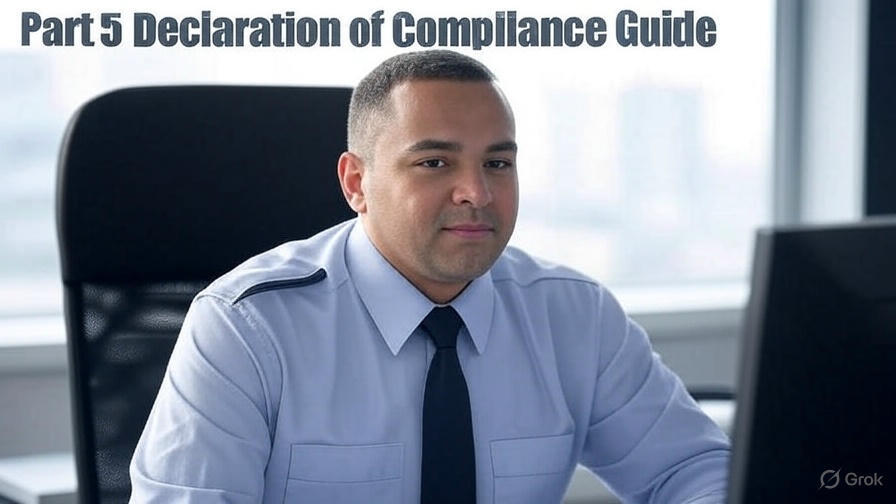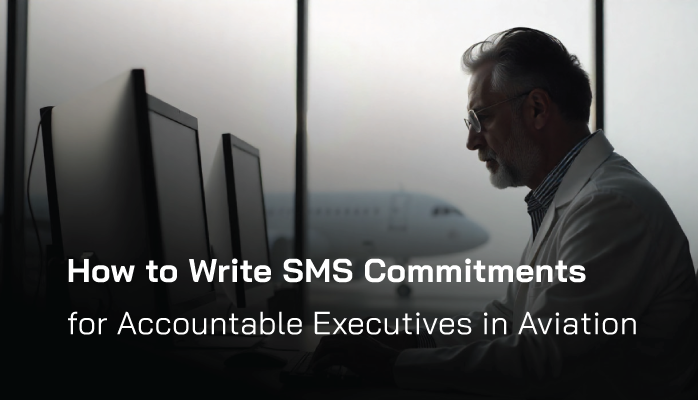Creating a Lessons Learned Library for Aviation SMS
In aviation, where safety is paramount, every incident, near-miss, or hazard offers a valuable opportunity to learn and improve. A lessons learned library is a structured, accessible repository that captures, organizes, and disseminates critical safety insights from past events.
For aviation safety managers and accountable executives, building such a library is a cornerstone of a proactive Safety Management System (SMS), aligning with International Civil Aviation Organization (ICAO) standards and fostering a culture of continuous improvement.
Read More
Topics:
Aviation SMS Database,
3-Safety Assurance,
Risk Management Software,
1-Safety Policy
SMS Implementation Guides and Templates
Aviation safety managers face the critical task of ensuring compliance with Safety Management Systems (SMS) to maintain operational safety and regulatory adherence. Implementing an effective SMS requires structured guidance, and finding reliable SMS implementation guides and templates can streamline the process.
This guide outlines actionable steps for aviation safety managers to locate high-quality SMS resources, enhancing safety protocols and operational efficiency.
Read More
Topics:
Aviation SMS Implementation,
1-Safety Policy
Introduction to Aviation SMS for Single-Pilot Operators
The Federal Aviation Administration (FAA) mandates Safety Management Systems (SMS) for various aviation operations, including single-pilot operators under 14 CFR § 5.3(c). This regulation, effective May 28, 2024, requires single-pilot operators under Part 135 (on-demand and commuter operations) and Part 91.147 (air tour operators) to develop and submit an SMS implementation plan by November 28, 2024. For single-pilot operations, the FAA allows simplified processes to make compliance manageable, recognizing the unique challenges of small-scale operations.
Read More
Topics:
Aviation SMS Implementation,
4-Safety Promotion,
3-Safety Assurance,
1-Safety Policy,
2-Safety Risk Management
Introduction: Navigating SORA for UAS Safety
The rapid rise of Unmanned Aircraft Systems (UAS) has transformed aviation, with drone operations projected to contribute $63 billion to the global economy by 2025, per IATA. However, advanced operations like Beyond Visual Line of Sight (BVLOS) or Operations Over People (OOP) carry significant risks, requiring robust safety frameworks.
The Specific Operations Risk Assessment (SORA), developed by JARUS and adopted by the European Union Aviation Safety Agency as an Acceptable Means of Compliance (AMC) for Regulation (EU) 2019/947, provides a structured methodology to assess and mitigate these risks. SORA ensures UAS operations in the Specific Category meet safety standards comparable to manned aviation, aligning with ICAO Annex 19.
Read More
Topics:
3-Safety Assurance,
1-Safety Policy,
2-Safety Risk Management
FAA Part 5 Compliance as a Top Priority
FAA Part 5, expanded in April 2024, mandates Safety Management Systems (SMS) for Part 121 airlines, Part 135 operators, and Part 145 MROs, making compliance a top concern for aviation safety managers and accountable executives.
Non-compliance risks penalties, operational disruptions, and reputational damage, with the Federal Aviation Administration (FAA) reporting over 90% of operators scrambling to meet deadlines. SMS Pro, a leading aviation SMS software, streamlines compliance with its 77+ modules, including offline auditing, custom reporting, and gamified engagement.
Read More
Topics:
4-Safety Promotion,
3-Safety Assurance,
1-Safety Policy,
2-Safety Risk Management,
FAA Compliance
Human Factors
Aviation safety hinges on precision, vigilance, and teamwork; however, human factors remain a leading cause of incidents and accidents. For aviation safety managers, understanding and mitigating human error, fatigue, and ineffective crew resource management (CRM) is critical to ensuring safe operations.
This article explores these human factors, their impact on aviation safety, and actionable strategies to address them, empowering safety managers to foster a culture of safety and resilience.
Read More
Topics:
1-Safety Policy
As an aviation safety manager or accountable executive, developing a Safety Management System (SMS) that complies with 14 CFR Part 5 is critical for ensuring safety and meeting Federal Aviation Administration (FAA) requirements.
A well-crafted SMS Implementation Plan is your roadmap to achieving this, outlining how your organization will establish, integrate, and maintain an SMS to proactively manage safety risks. This guide provides a step-by-step approach to writing a comprehensive Part 5 SMS Implementation Plan acceptable to your local FAA Certificate Management Office (CMO), complete with practical examples and tips for success.
Read More
Topics:
Aviation SMS Implementation,
4-Safety Promotion,
3-Safety Assurance,
1-Safety Policy,
2-Safety Risk Management,
Risk Management Training,
FAA Compliance
For aviation safety managers and accountable executives, implementing a Safety Management System (SMS) under 14 CFR Part 5 is a regulatory requirement that strengthens safety performance and ensures compliance with FAA standards. A critical step in this process is preparing and submitting an SMS Implementation Plan to the FAA, which outlines how your organization will develop and operationalize its SMS.
This guide walks you through the essentials of creating an SMS Implementation Plan, the FAA’s expectations, and the submission process. Whether you’re a Part 135 operator, Part 91.147 air tour operator, or Part 21 certificate holder, this article provides actionable steps to help you meet FAA requirements and foster a robust safety culture.
Read More
Topics:
Aviation SMS Implementation,
3-Safety Assurance,
1-Safety Policy,
2-Safety Risk Management
For aviation safety managers and accountable executives, ensuring compliance with the FAA’s Safety Management System (SMS) requirements under 14 CFR Part 5 is a cornerstone of operational safety. A critical step in this process is submitting a Declaration of Compliance (DOC) to the FAA, which confirms that your organization’s SMS, including its Safety Risk Management (SRM) processes, meets regulatory standards.
This article provides a deep dive into the role of SRM in SMS compliance and a detailed list of required content for the DOC. Whether you’re managing a Part 135 operation, a Part 91.147 air tour operation, or a Part 21 certificate holder, this guide will help you craft a compliant DOC while strengthening your SRM practices.
Read More
Topics:
4-Safety Promotion,
3-Safety Assurance,
1-Safety Policy,
2-Safety Risk Management,
Risk Management Training,
FAA Compliance
CEO Commitment to Safety
Training staff on Safety Management System (SMS) concepts can be a daunting task for new aviation safety managers, especially when guiding accountable executives—senior leaders responsible for SMS oversight.
Read More
Topics:
4-Safety Promotion,
3-Safety Assurance,
1-Safety Policy,
Risk Management Training,
FAA Compliance,
Safety Culture

